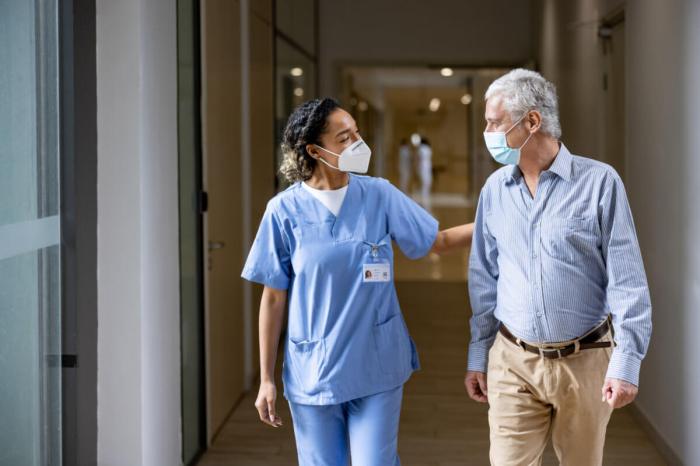 BY ALINE REYNOLDS | Drew Alexander, who recently took the helm of the Claremont Preparatory School, discusses his objectives as the new headmaster. Alexander formerly served as the director of the Anglo-American School of Moscow and the high school principal of Cairo American College in Egypt.
BY ALINE REYNOLDS | Drew Alexander, who recently took the helm of the Claremont Preparatory School, discusses his objectives as the new headmaster. Alexander formerly served as the director of the Anglo-American School of Moscow and the high school principal of Cairo American College in Egypt.
What is your vision for Claremont Prep?
My vision is the community’s vision. Meritas, the school’s new owners, have been very actively seeking information from parents, students, and faculty, so I think we’re creating that vision together. Everyone has ownership in it.
That being said, 40 different nationalities are represented in our student body, and we are located in the financial district of the world. It’s a big international community, in other words, so we need to prepare our students to be global citizens. It’s not just to prepare them to go to university in New York or in the U.S., but [to schools elsewhere] in the world. Another vision is to prepare students for post-university by teaching them critical thinking and problem-solving. Those key skills, I think, will bode well for the students’ success when they leave high school and college and enter into the world of work.
Why might families choose to send their children to Claremont prep over other private schools in Lower Manhattan and around the city?
Location, location, location is one reason. Another is that we’re part of Meritas, an international community of shcools that gives students opportunities to have that international perspective. We have an internship program that enables students to spend a semester abroad. Also, we’re focused on personalized learning, which is fairly unique: instead of [assessing] a whole classroom of students, we look at each student individually and come up with a personalized learning plan. Being part of something new — developing a school and creating a school — is very exciting, as well, and is a unique opportunity for students. It serves them well when they’re looking at universities.
How seriously are you considering adopting the International Baccalaureate curriculum?
That’s something we’re considering. The Baccalaureate curriculum is a standard of excellence — I think it’s hard to dispute its relevance in preparing students for that next step of post-high school. But I also believe we have to look at what else is out there that could best serve students’ needs, such as advanced placement classes and other international curriculae. Universities want to see that we’ve provided a rigorous, rich curriculum for our students. So, while everything is on the table at this point, whatever we decide has to meet that test.
Speaking of internationalism, how would you compare the school to the Anglo-American School of Moscow?
The main difference between them is that Claremont’s a new school, while the Anglo-American School of Moscow is 60 years old. The similarity is that, at that school, we were growing very rapidly in students and in programs, and that’s what we’re going to be doing here. Both schools also encourage students to bring your culture with you and to revel in that cultural diversity. At Claremont, we’re already doing things to urge students to do that, with our international festival and otherwise.
Are Claremont’s high school and elementary school sharing space and collaborating?
It’s something we’re working on. The campuses are in two different buildings, each with their own gyms and cafeterias. One of my main focuses this year is to make sure we come together as a school — to have opening and closing ceremonies together, and to show in other ways that we’re one school united.
As you probably know, Downtown public schools are facing severe overcrowding these days, and are often competing with charters and private schools for classroom space. What’s your take on the situation?
I think that competition is good. There’s a reason there are private schools, public schools and charter schools. I do believe there is room for all of us. If we could get a partnership going where we build on the strengths of each other, that would be a better way to serve our students.
How did you choose to relocate to the U.S. — specifically, to Lower Manhattan — after spending several years abroad?
My wife Twylla and I lived most of our adult lives in Alaska or internationally. When leaving Moscow, there was no question about where we wanted to be. We wanted the best of both worlds, and I think we got it when we landed in New York City. We’re particularly excited about living Downtown and becoming part of the community. We’re going to live in Beekman Tower. Talk about selling New York, it has a wonderful view of the city — you can see the East River, the Hudson River and the Empire State building all from one building! It’s very exciting to be a part of it.






































